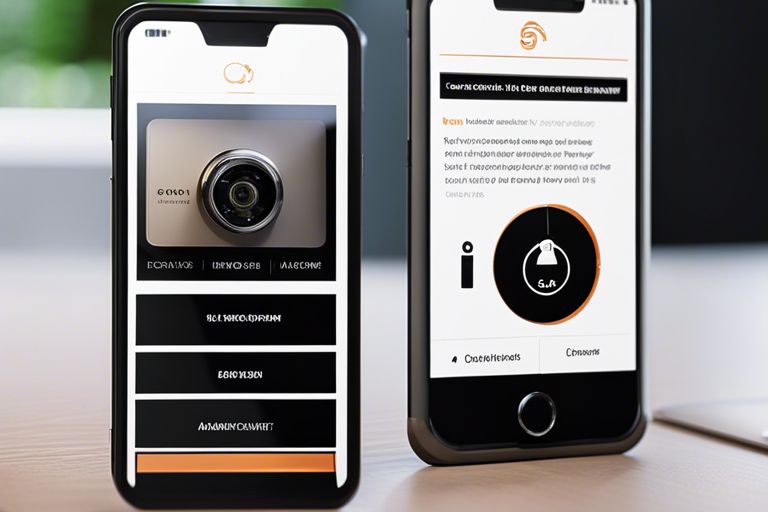Understanding Identity Theft Risk
Identity theft is a growing concern in today’s digital age. With the increasing use of technology and online platforms, it has become easier for criminals to steal personal information and misuse it for their own gain. To protect yourself from identity theft, it is important to understand the level of risk you face.
Factors Affecting Identity Theft Risk
Several factors contribute to the level of identity theft risk an individual may face. These include:
- Online Presence: The more active you are online, the higher the risk of your personal information being exposed or stolen. This includes social media profiles, online shopping accounts, and email addresses.
- Security Measures: The strength of your security measures, such as strong passwords, two-factor authentication, and secure internet connections, can significantly reduce your risk.
- Financial Activity: The more financial transactions you engage in, the higher the risk of your financial information being compromised. This includes banking, credit card usage, and online payment platforms.
Measuring Your Identity Theft Risk
While it is impossible to completely eliminate the risk of identity theft, there are several ways to measure and assess your level of risk:
- Check Your Credit Report: Regularly review your credit report for any suspicious activity or unauthorized accounts. This can help you identify any signs of identity theft.
- Monitor Your Financial Statements: Keep a close eye on your bank and credit card statements for any unfamiliar transactions. Report any discrepancies immediately.
- Use Identity Theft Monitoring Services: Consider using identity theft monitoring services that can alert you of any suspicious activity related to your personal information.
- Stay Informed: Keep up to date with the latest identity theft trends and scams. This will help you stay vigilant and take necessary precautions.
Reducing Your Identity Theft Risk
While measuring your identity theft risk is important, it is equally important to take steps to reduce that risk. Here are some effective ways to minimize your risk:
- Protect Personal Information: Safeguard your personal information by avoiding sharing it unnecessarily and using secure methods of communication.
- Use Strong Passwords: Create strong, unique passwords for all your online accounts and change them regularly.
- Enable Two-Factor Authentication: Use two-factor authentication whenever possible to add an extra layer of security to your accounts.
- Be Wary of Phishing Attempts: Be cautious of emails, messages, or calls asking for sensitive information. Verify the source before providing any personal details.
- Secure Your Devices: Use antivirus software, keep your operating system and applications up to date, and avoid connecting to unsecured Wi-Fi networks.
By understanding and measuring your identity theft risk, you can take proactive steps to protect yourself and minimize the chances of falling victim to this crime. Stay informed, stay vigilant, and prioritize your online security.






